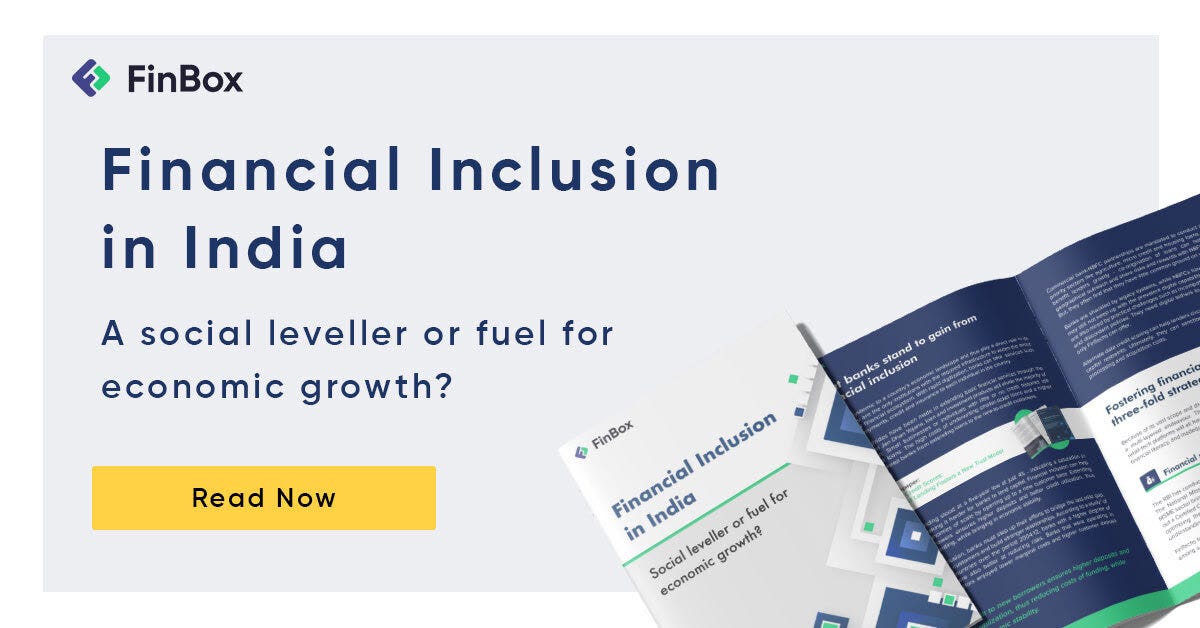Digital banking licenses promise to solve banking’s problem of profitability
The profitability problem has long been a thorn in the side of India’s banking sector. Be it neobanks or payment banks, none of the experiments with banking licenses have been able to shake this off. Now, the Niti Aayog is suggesting yet another kind of banking license - could this be the missing piece in the alternate banking business model?
The alternate bank saga
India has a chequered history when it comes to banking innovation for financial inclusion. First came the payment banks - the RBI issued 11 such licenses back in 2015, hoping to bring down physical cash transactions by promoting low-cost digital payments. Today, only 6 of those 11 remain. Perhaps because they soon realized that without the ability to accept deposits, they had little to no scope to earn significant margins. Add to this high operating expenses, and you see why close to half couldn’t survive.
Small finance banks - launched with the noble aim of increasing financial access - also seem to be treading a similar path. In FY18, these banks reported positive earnings, but high provisioning on account of dud-loans led to net losses. Their story remained unchanged the following year.
And recently, came the neobanks. When these began emerging in India’s financial scene a couple of years ago, the hope was that technological innovation and improved experience will benefit the country’s digital-first population. Sure, the neobanks emerged out of the gaps left by traditional banking - complexity of workflows, poor customer service and the inability to innovate and meet evolving user demands. But at the same time, by building their tech-first offerings atop legacy banks, they also gave the sector a much-needed shot in the arm.
As unregulated entities, neobanks partnered with traditional, regulated banks to offer ‘over the top’ services to consumers ‘renting’ the balance sheet of the regulated entity to lend and issue deposits from.
Sounds good, doesn’t it? Two entities coming together to play to their strengths and offer new-age, customized, and seamless financial products to an increasingly discerning consumer base.
The question of profitability
It does, until you dig a little deeper. Regulated banks make money from the interest they earn from lending to clients. This money that they lend comes from deposits.
Graphic taken from: https://www.businessinsider.com/chart-of-the-day-how-a-bank-makes-money-2011-5?IR=T
Neobanks, that don’t have a banking license, cannot accept deposits. So at the most, they earn fee-based revenue when they act as channel partners, or a fraction of the interchange on payments processed on cards.
They must, therefore, partner with a regulated bank in order to function - a necessary evil in many ways, since they always remain constrained by the bank’s legacy infrastructure.
What’s more, unlike the regulated banking ecosystem, entry barriers in the neobanking space are low. This has two major implications - one, it allows players that are not fit and proper to enter the space and puts consumer protections at risk. Two, it creates a ‘herd mentality’ situation where business models and products are simply replicated as meaningful innovation falls to the wayside.
Simply put, neobanks, as they currently stand, lack a strong monetization model. While profit and monetization are usually kept on the back burner in modern conversations, for a public good such as banking, it's usually the net interest margin that sets the sail. This is also perhaps the reason why Jan Dhan hasn't worked - it coerced banks into opening bank accounts for everyone but there was little incentive for banks to actively service them or engage depositors in the financial system.
What's our next hope? A merger of technology (for lower costs and higher efficiency) with a viable business proposition.
The Niti Aayog solution
This is the problem that the Niti Aayog seeks to tackle in Digital Banks: A proposal for licensing and regulatory regime for India - a discussion paper released last week. In it, the government think tank proposes a new kind of RBI license - one that would establish what they call ‘digital banks.’
According to the proposal, digital banks are ‘banks as defined in the Banking Regulation Act, 1949 (B R Act). In other words, these entities will issue deposits, make loans and offer the full suite of services that the B R Act empowers them to. As the name suggests, however, digital banks will principally rely on the internet and other proximate channels to offer their services and not physical branches.
By allowing digital-first banking entities such as neobanks to accept deposits and lend from their own books - it promises to open up massive revenue generation opportunities for these digital native players.
Why it could work
The report has laid out a detailed plan and framework around how these full-stack digital banks should come into being. It proposes a ‘Digital Bank Regulatory Index’
that includes four parameters - entry barriers, competition, business restrictions, and technological neutrality. These are then mapped against the five benchmark jurisdictions of Singapore, Hong Kong, the United Kingdom, Malaysia, Australia, and South Korea.
It also recommends a stage-wise approach to licensing - a digital business bank license within a regulatory sandbox, and a universal full-stack digital bank license issued based on performance in the former. A full-stack license will need capital worth INR 200 Cr, the same amount required to set up a small finance bank.
This phased, well-thought-out approach to the setting up of digital banks reinforces that the Niti Aayog is advocating a confident yet cautious road ahead. If this proposal is adopted, it could possibly set the stage to make banking and especially, FinTech, profitable again.





